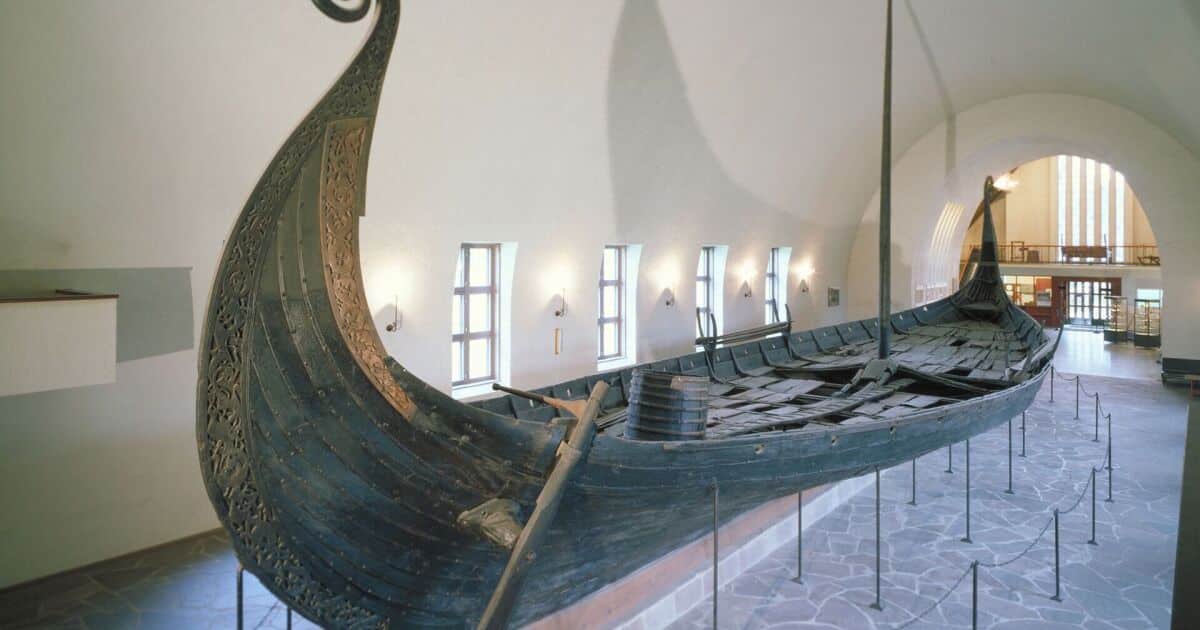Oseberg Longship Relocated to New Museum Home

The Oseberg longship, a significant artifact from the Viking age, has completed its journey to a new museum facility designed for its preservation. Discovered in Norway in 1903, the ship has faced challenges over the years, prompting experts to relocate it to ensure its survival for future generations. This monumental move marks a new chapter for the ship, which is expected to be displayed in a state-of-the-art building set to open in 2027.
Historical Significance and Preservation Challenges
Built approximately 1,200 years ago, the Oseberg longship is believed to have been constructed for a person of high status, possibly a king or queen. Jan Bill, a professor of archaeology at the University of Oslo and curator of the Viking Ship Collection, emphasizes the ship’s importance in understanding Viking maritime culture. “It showed us for the first time what a Viking ship would look like,” he stated, highlighting the intricate carvings and shield mounts that adorn the vessel.
The ship was discovered in a remarkably well-furnished grave, which provided exceptionally favorable preservation conditions. According to the University of Oslo’s Museum of the Viking Age, nearly all items placed in the grave, including wood, ropes, and leather artifacts, have survived intact. This high-quality find allowed researchers to reconstruct the Oseberg ship, with about 90% of its timbers being original.
The Port of Baltimore could lose one of its two cruise ships
However, the ship’s preservation faced significant challenges in recent years. The building housing the Oseberg longship was not equipped to maintain an artifact over a millennium old. Increased humidity and moisture from visitors’ breath contributed to the deterioration of the ship. Recognizing the urgency of the situation, a panel of experts recommended relocating the ship to a new facility designed specifically for its care.
Successful Relocation and Future Plans
After a decade of planning and construction, the Oseberg longship was carefully moved to its new home on September 10. Wrapped in a 50-ton steel cradle, the ship was transported slowly—at a pace of just 10 inches per minute—over a distance of 300 feet. “It was one of the most amazing moments in the time that I’ve been working as an archaeologist,” Bill remarked, celebrating the successful relocation with his colleagues.
While the Oseberg longship has found its new sanctuary, two other vessels in the museum’s collection, the Tune and Gokstad ships, still await their final journeys to the new building. The new facility is designed to accommodate a larger number of visitors and is expected to last for at least another two centuries. Scheduled to open to the public in 2027, this state-of-the-art museum will ensure that these invaluable pieces of Viking history are preserved for future generations to explore and appreciate.
